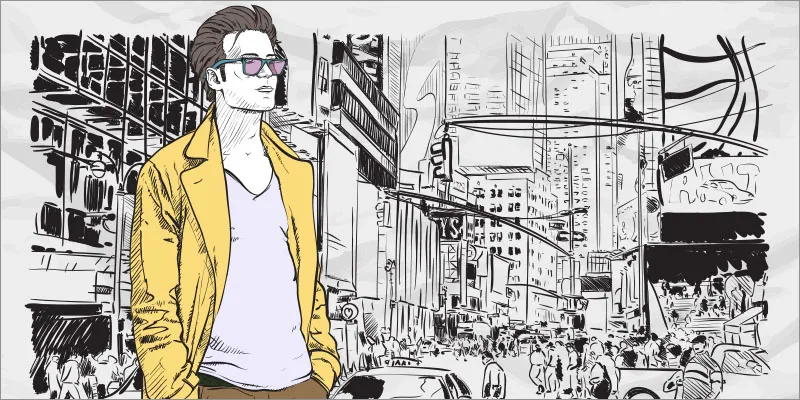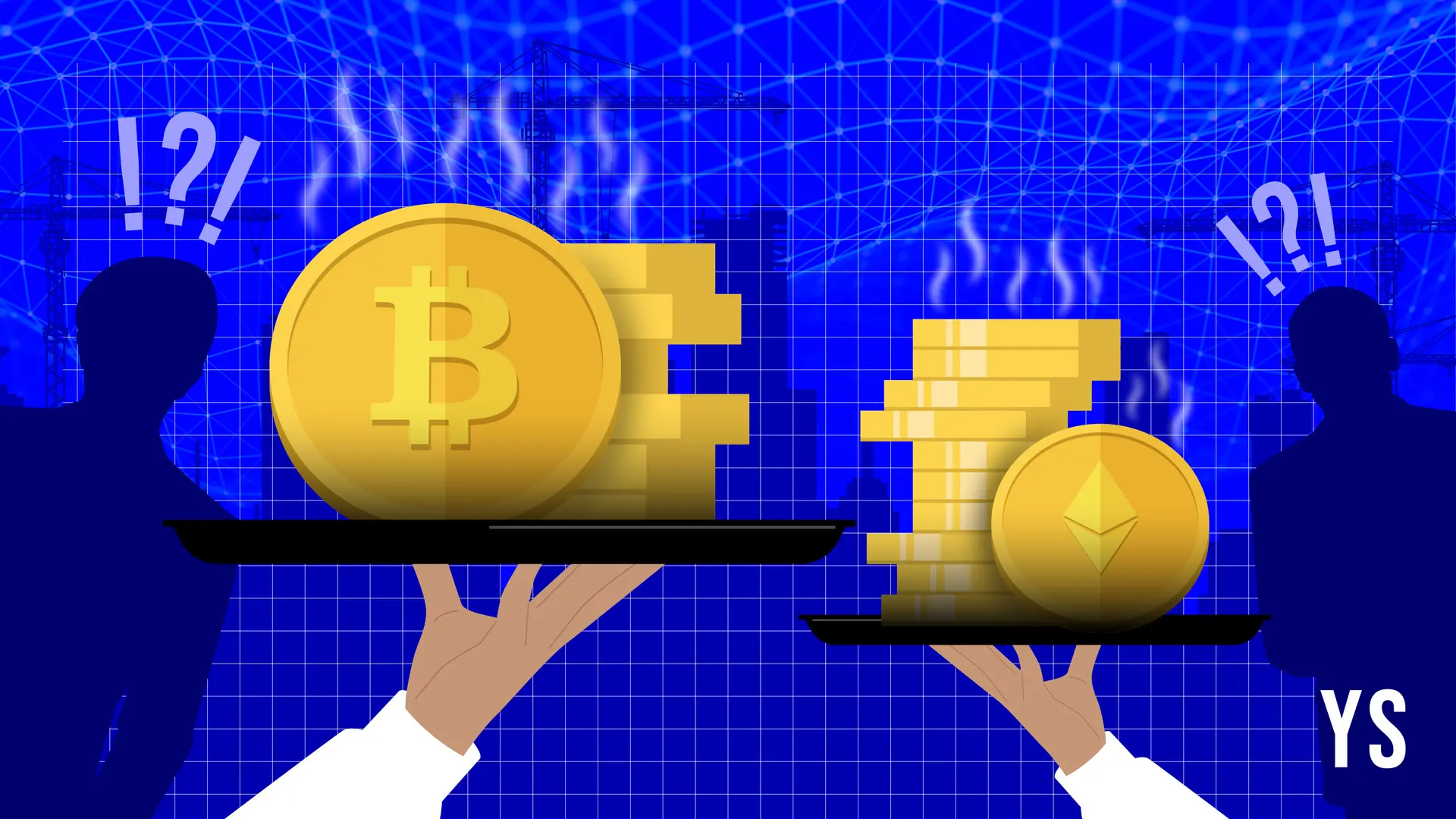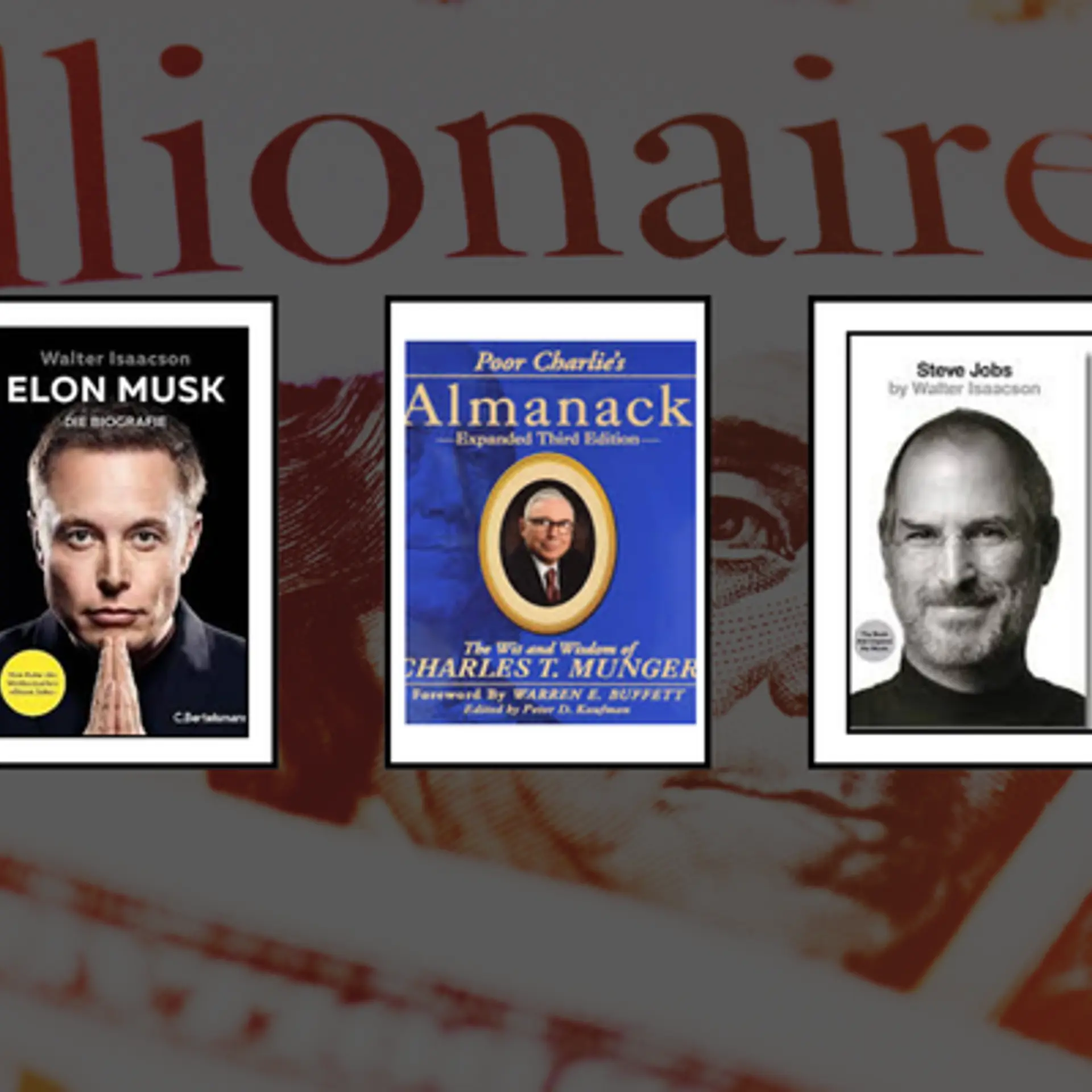The un-metro guy: A new marketing segment for startups
Rapid urbanisation is one of the key factors impacting the socio-economic fabric of our country. The McKinsey Global Institute estimates that cities will house 40% of India’s population and account for 70% of the GDP by 2030. From a marketing perspective – rapid urbanisation is interesting as it leads to new psychographic consumer segments and provides opportunities for brand growth.
There are many new consumer segments that have emerged over the past decade – however, this article has been focussed on the un-metro guy.

Ranjit is 23 years old and has recently moved to Bengaluru from Warangal. After completing his engineering at a local college – he followed his seniors to the big city in search of a job. On securing a position in a small IT firm, he moved into a paying guest accommodation for ‘Andhra Boys’ where he lives with his friends. Ranjith works US hours and hence is asleep during the day. His free time is spent connecting with friends and family on Facebook and watching Telugu movies on his phone. Ranjith loves the big city as it provides him with the freedom of anonymity and a chance to live life on his own terms. However, at a deeper level he grapples with feelings of isolation and loneliness. He desperately wants to be part of the Urban Tribe but is yet to learn their language. He is looking for brands and experiences that will help him adapt and fit in.
Most of us have come across someone like Ranjith at our workplace. In fact, with rapid urbanisation the workplace is likely to be filled with more white-collar migrants like him in the near future. For a marketing person – this segment is exciting as it did not exist two decades ago. Prior to economic liberalisation, most people who were born in smaller towns stayed home due to the lack of opportunities elsewhere.
The un-metro guy is a psychographic profile – defined by his stage in life. We chose to understand him better using the social media content generated by un-metro guys themselves – using our proprietary research technique called Netnography. Based on our analysis, we arrived at five points that could help marketers target address their needs better.
Who are they: Young male, Sec AB, lives in metro but is from a smaller town, graduate and currently working in a company.
What do they buy/use: Branded apparels (online and offline), mobile applications (for entertainment, communication, information, and commerce), motor cycles, travel services (inter and intra city), financial services (banking, loans, credit cards), and household related (FMCG, services, etc,), etc.
How do they interact with the world (language of expression): We found this segment behaves differently from the urban born in terms of language and expression. Extensive use of vernacular words in vernacular script on social media, gifts, poetry, and movie clips, etc. Rich and varied material curated and created by them – to express themselves.
Image projected: This segment appears to project two types of self-image based on posts, gifts, images, and videos shared. Images overlap – perhaps triggered by their state of mind while posting on social media.
Self Image 1: Cool and trendy
Confident and poised in an urbane situation – posing in dark glasses on bikes, holding a drink at a pub, hanging out with female co-workers, going on road trip with buddies, posing in front of key landmark building, foreign location images, etc.
Self Image 2: Struggling but inspired
Posts about missing ones family (especially mother), cribs about un-supportive bosses, lamenting the lack of a special someone, financial worries, etc. They also post inspirational poetry, spirituality related gifs, religious quotes, etc. In contrast to the urban born, they reveal vulnerability and share their struggle to fit into life away from home.
It is this interesting dichotomy of self-image – that needs to be addressed by brands looking to tap into the segment.

Role of brands: Brands can address this segment in two ways – depending on their positioning:
Mass urban icons: urban tribe badge value
These brands are symbols of urban life. The un-metro guy will buy Levis (on sale), wear Ray Bans, drink Coke, and bank with ICICI. They want the comfort of ‘Big Brands’ that helps them fit into the big city life – just like the rest of the urban tribe. They are not yet ready for niche brands or cool cult players.
Niche solution providers: Help ease the transition into big city living
These brands help the un-metro guy adjust to big city living. Presently, a slew of mobile apps are helping this segment of consumers find a place to stay, eat ‘homely’ food, manage their finances, find the right places to hang out and much more.
Perhaps the beauty of mobile apps is that it allows the un-metro guy to overcome his ignorance in privacy while providing much needed information that is currently not available to him
In summation
The un-metro guy is a well-defined consumer segment that is likely to grow rapidly with urbanisation. While they are likely to aspire for mass urban icons – the untapped growth opportunity appears to be in brands which will help them survive the transition.
In my opinion, marketers need to address the needs of this segment by respecting their challenges and helping them adjust to big city life. Brands that are authentic, speak their language and gain attention via word of mouth, peer endorsements, and third-party recommendations are likely to succeed.







